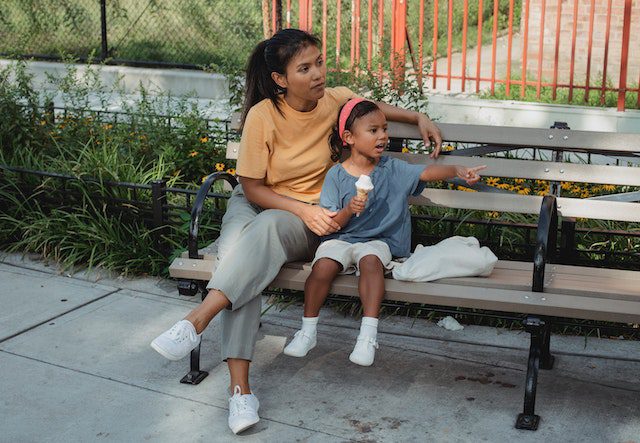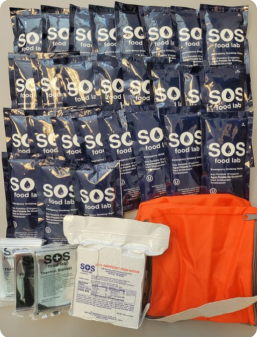The world can be a dangerous place. It’s a fact of life, something each and every one of us lives with every day. But these threats and potential dangers shouldn’t drive us to isolation or a feeling of overwhelming fear. The dangers of the world should cause us to be more prepared and more aware of our surroundings. This means developing our situational awareness.
This type of awareness isn’t just knowing where you are on a map or how close the nearest hospital is, situational awareness calls for something a bit different.

What is situational awareness?
Situational awareness is a deeper level of personal awareness and the ability to stay ahead of any potentially dangerous situations. It means being aware of where you are, where you’re going, and the people or situations around you. Developing your situational awareness is less a set of skills and more a way of thinking.
The first step in developing your situational awareness is accepting there is always the potential for danger. Knowing and understanding this reality means it is more likely that you can protect yourself. Believing bad things can’t happen only sets you behind the eight ball.
Once you’ve made peace with the ever-present threat of danger, it’s time to take care of yourself. You are the first line of defense or responsibility regarding your protection. While dozens of local, state, and federal organizations are set in place to aid in protecting or rescuing citizens, they only have so much manpower.
Finally, a portion of situational awareness can be chalked up to intuition. Our subconscious is always more aware of our surroundings than we give it credit for. Those gut feelings, chills, or tingly feelings are often the first sign that things are amiss. Tapping into those feelings or listening when they arise is an important step in the situational awareness process.
How to be Situationally Aware
Knowing the definition of situational awareness is only half the battle. You also need to know how to develop and practice situationally awareness in your everyday life. There are many different ways to do this, but there are a handful of practical strategies to start with.
- Put Away the Devices
Electronic devices are an integral part of our lives, but they can be a potential hazard. These devices, whether they be a smartphone or a pair of headphones, really limit your awareness.
If you are scrolling through your phone, look up frequently and look over your surroundings. If you’re listening to a podcast or a new playlist, use only one. This keeps one ear open to the area around you.

- Break Your Routine
We are all creatures of habit. We like structure and routine. While these routines are helpful in the day-to-day, these same routines can make you an easier target. Try to plan out a handful of different routines and switch up which ones you take to your regular destinations.
- Think about your Outfit
How you carry yourself and what you wear can make you a target as well. Things like expensive jewelry can draw unwanted attention. Footwear is also an important consideration. Comfortable shoes can finish off an outfit while also allowing you a means to get away if the situation calls for it.
- Trust Your Gut
Call it intuition, a sixth sense, or a gut feeling, if you notice an “off” or uncomfortable feeling in any situation, listen! It doesn’t make what people think, if you feel like things aren’t right, it’s best to get out and protect yourself
- Find an Exit
The best choice in any dangerous situation is to escape. When you find yourself in a new area or uncomfortable situation, find the nearest and/or clearest exit. If a dangerous situation arises, then you will have the best avenue of escape predetermined.
Situational Awareness for Families and Kids
Situational awareness isn’t just for adults. Families can implement strategies that can help encourage this kind of awareness in their children. It’s important to add in these skills and tools at an age-appropriate level and without overwhelming kids – either with too much information or with too great a level of concern or fear.
The easiest way to start developing situational awareness in children is to practice. Ask your children to watch people. Have your child pick someone while you’re out. Ask them to watch that person and describe them.

You can also teach children pertinent contact and personal information. Children should know phone numbers, addresses, and their parents’ full names. These basic steps help establish a basic level of situational awareness that can be increased as children grow.
Situational awareness is all about how you interact with your surroundings. Being aware of the potential for danger makes it easier to protect yourself in many different situations. Stay aware and stay safe.





